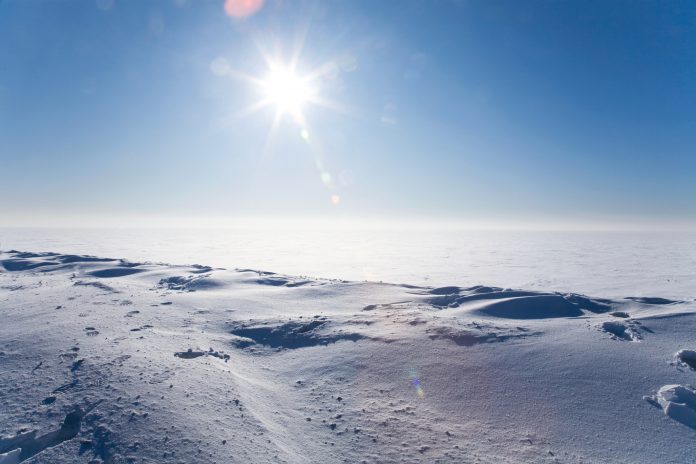Carbon, freeze-locked under ice over 30,000 years ago, is now thawing and being released into the climate
According to a team of geologists led by Professor Dr Janet Rethemeyer at the University of Cologne’s Institute of Geology and Mineralogy, the Siberian Arctic is witnessing the release of carbon deposits which are up to 30,000 years old.
Firstly, why is there carbon under the ice?
While carbon emissions generated by fossil fuels are widely understood to be harmful, there is another source that is also becoming a significant problem. Deep under the frozen tundras of the Arctic, there are carbon deposits – which are ancient organic matter that was freeze-locked into sediments. Contained by ice, this deposit has never been a problem.
However, global warming means that ice is melting at rapid and unexpected rates, meaning that the carbon is released into the atmosphere. The greenhouse gas release amplifies global warming, which is known as permafrost-carbon feedback.
Catherine Hirst, Earth and Life Institute, UCLouvain, Belgium, and not involved in this study, said: “When it comes to the theme of permafrost thaw and the carbon feedback, climate change is indeed at full force in the Arctic. The highest Arctic temperature on record was reported in 2020. These rising temperatures have knock-on effects on Arctic rivers and the permafrost soils that they drain.”
‘Yedoma’ permafrost is thawing
The ‘yedoma’ permafrost, spread across the Siberian Arctic, is thawing. Since this area is up to 80% ice, the ground can thaw very abruptly. This process, known as thermokarst, makes carbon previously stored in the frozen ground accessible to microorganisms – which then break it down and release it as carbon dioxide and methane.
The sediments, freshly thawed, become an attractive food source for microorganisms navigating the thawing permafrost.
Sophie Opfergelt, Earth and Life Institute, UCLouvain, Belgium, not involved in this study, commented: “Increasing permafrost temperatures have been recorded with consequences for the environment and infrastructure, including coastal erosion, ground subsidence, road and building collapse.
“With climate change, the permafrost extent is predicted to shrink by at least one-third by the end of this century.”











